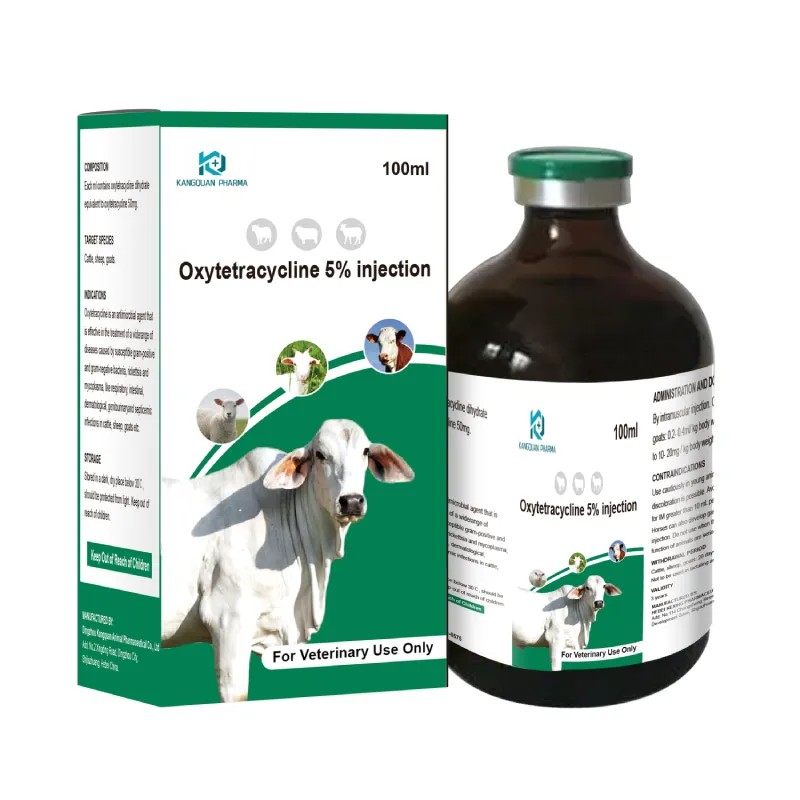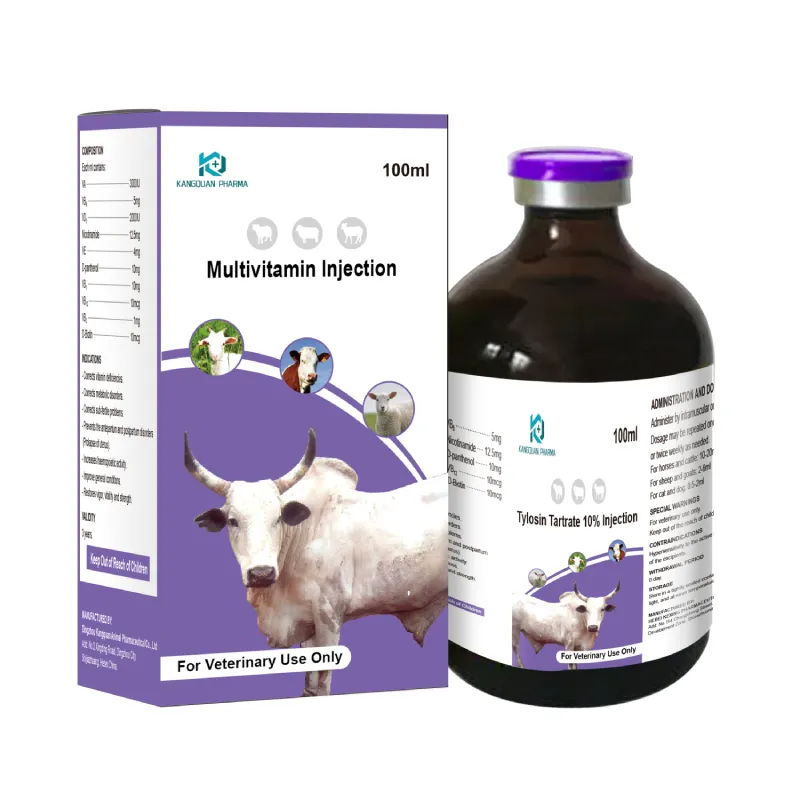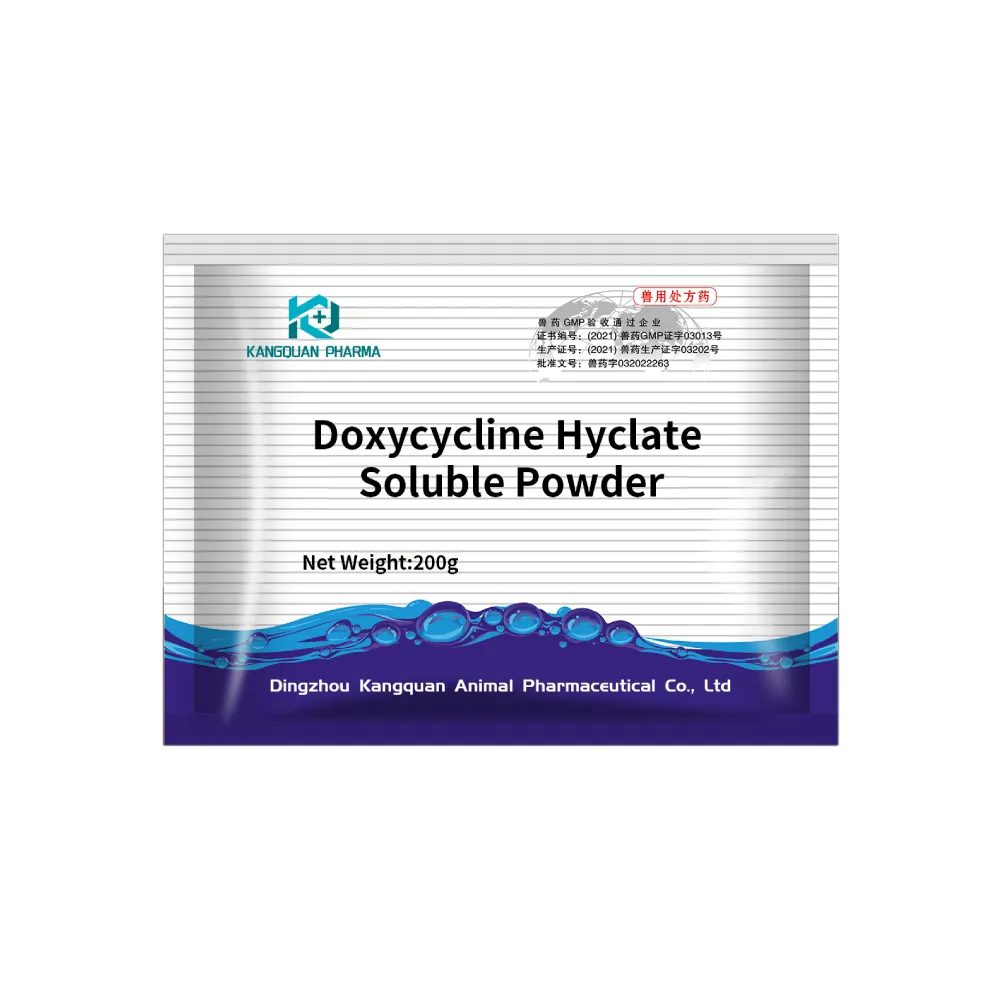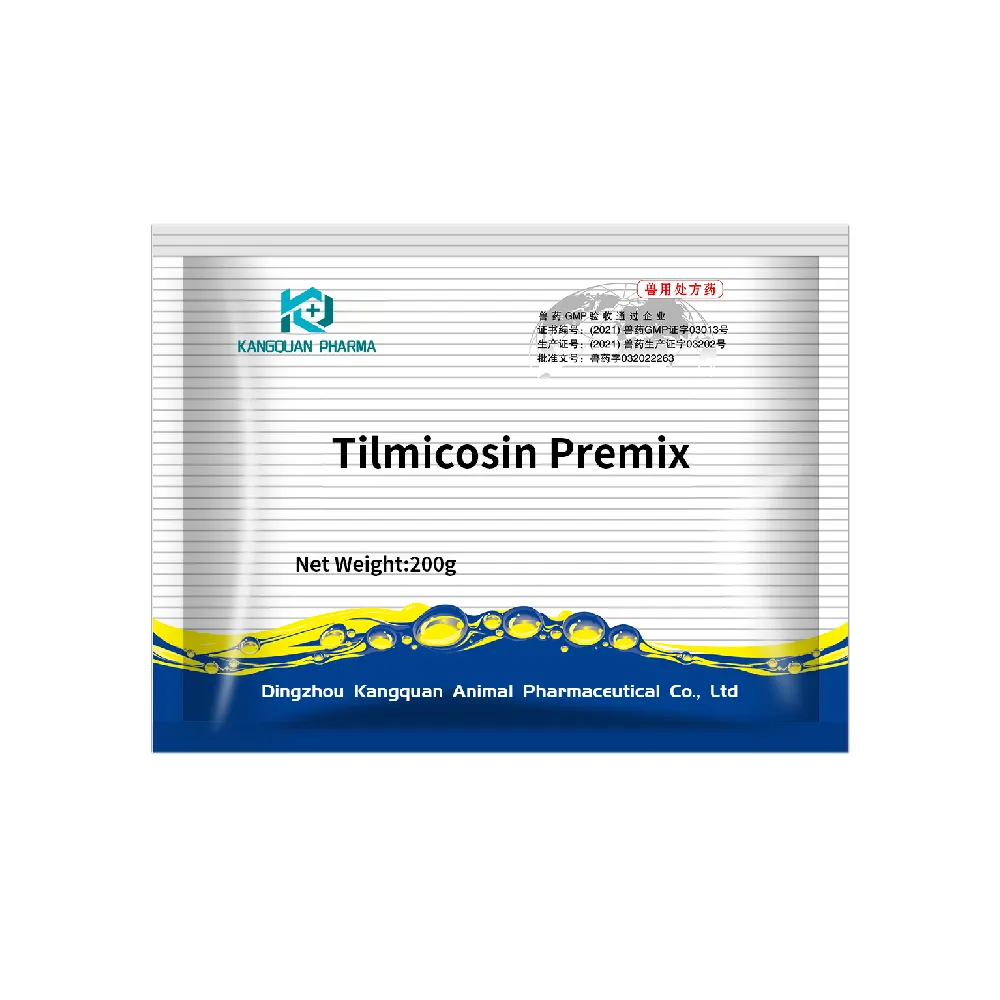- Afrikaans
- Albanian
- Amharic
- Arabic
- Armenian
- Azerbaijani
- Basque
- Belarusian
- Bengali
- Bosnian
- Bulgarian
- Catalan
- Cebuano
- Corsican
- Croatian
- Czech
- Danish
- Dutch
- English
- Esperanto
- Estonian
- Finnish
- French
- Frisian
- Galician
- Georgian
- German
- Greek
- Gujarati
- Haitian Creole
- hausa
- hawaiian
- Hebrew
- Hindi
- Miao
- Hungarian
- Icelandic
- igbo
- Indonesian
- irish
- Italian
- Japanese
- Javanese
- Kannada
- kazakh
- Khmer
- Rwandese
- Korean
- Kurdish
- Kyrgyz
- Lao
- Latin
- Latvian
- Lithuanian
- Luxembourgish
- Macedonian
- Malgashi
- Malay
- Malayalam
- Maltese
- Maori
- Marathi
- Mongolian
- Myanmar
- Nepali
- Norwegian
- Norwegian
- Occitan
- Pashto
- Persian
- Polish
- Portuguese
- Punjabi
- Romanian
- Russian
- Samoan
- Scottish Gaelic
- Serbian
- Sesotho
- Shona
- Sindhi
- Sinhala
- Slovak
- Slovenian
- Somali
- Spanish
- Sundanese
- Swahili
- Swedish
- Tagalog
- Tajik
- Tamil
- Tatar
- Telugu
- Thai
- Turkish
- Turkmen
- Ukrainian
- Urdu
- Uighur
- Uzbek
- Vietnamese
- Welsh
- Bantu
- Yiddish
- Yoruba
- Zulu
8 月 . 06, 2024 07:41 Back to list
Amoxicillin 500mg Injection for Effective Treatment of Bacterial Infections in Medical Settings
Amoxicillin 500mg Injection A Comprehensive Overview
Amoxicillin is a widely used antibiotic that belongs to the penicillin group of medications, known for its effectiveness in treating a variety of bacterial infections. The injection form of amoxicillin, particularly at a dosage of 500mg, plays a crucial role in clinical settings, especially when rapid therapeutic action is required or when oral administration is not feasible.
Mechanism of Action
Amoxicillin exerts its antibacterial effects by inhibiting the synthesis of bacterial cell walls. It targets the enzyme transpeptidase, which is essential for cross-linking the peptidoglycan layers in bacterial cell walls. This disruption leads to the weakening of the bacterial structure, ultimately causing cell lysis and death. Amoxicillin is effective against a broad spectrum of gram-positive and some gram-negative bacteria, making it a versatile choice for treating various infections.
Indications for Use
The 500mg injection of amoxicillin is often prescribed for treating severe infections that require immediate intervention. Common indications include pneumonia, bronchitis, urinary tract infections, skin infections, and certain types of gastroenteritis. It is also utilized for treating infections caused by specific strains of bacteria, such as Streptococcus and Haemophilus influenzae, which can lead to more severe complications if not addressed promptly.
Administration and Dosage
amoxicillin 500mg injection

The administration of amoxicillin injection is typically performed in a hospital setting, where healthcare professionals can monitor the patient closely. The dosage may vary depending on the severity of the infection, the type of bacteria involved, and the patient’s health status. For adults, a common regimen might involve administering a 500mg dose every 8 to 12 hours, although pediatric dosages will differ based on weight and age. It is crucial for healthcare providers to tailor the dosage to each patient's specific needs to achieve optimal therapeutic outcomes.
Side Effects and Precautions
Like all medications, amoxicillin injection can cause side effects, although not everyone will experience them. Common side effects include nausea, vomiting, diarrhea, and allergic reactions such as rashes. More serious adverse effects, though rare, can include anaphylaxis, severe skin reactions, and liver dysfunction. Patients with a known allergy to penicillin or cephalosporin antibiotics should not receive amoxicillin due to the risk of severe allergic reactions.
It is also important for healthcare providers to consider the potential for antibiotic resistance, a growing concern in modern medicine. They should ensure that amoxicillin is prescribed only when necessary and that the complete course of treatment is followed to minimize the risk of resistance development.
Conclusion
Amoxicillin 500mg injection remains an essential tool in the treatment of various bacterial infections. Its broad spectrum of activity and rapid onset make it a cornerstone in both outpatient and inpatient settings. However, its use must be approached with caution, ensuring that patients are monitored for adverse effects and that the principles of responsible antibiotic use are upheld. As with all medications, clear communication between healthcare providers and patients is crucial to optimize treatment outcomes and enhance patient safety.
-
The Power of Radix Isatidis Extract for Your Health and Wellness
NewsOct.29,2024
-
Neomycin Sulfate Soluble Powder: A Versatile Solution for Pet Health
NewsOct.29,2024
-
Lincomycin Hydrochloride Soluble Powder – The Essential Solution
NewsOct.29,2024
-
Garamycin Gentamicin Sulfate for Effective Infection Control
NewsOct.29,2024
-
Doxycycline Hyclate Soluble Powder: Your Antibiotic Needs
NewsOct.29,2024
-
Tilmicosin Premix: The Ultimate Solution for Poultry Health
NewsOct.29,2024













